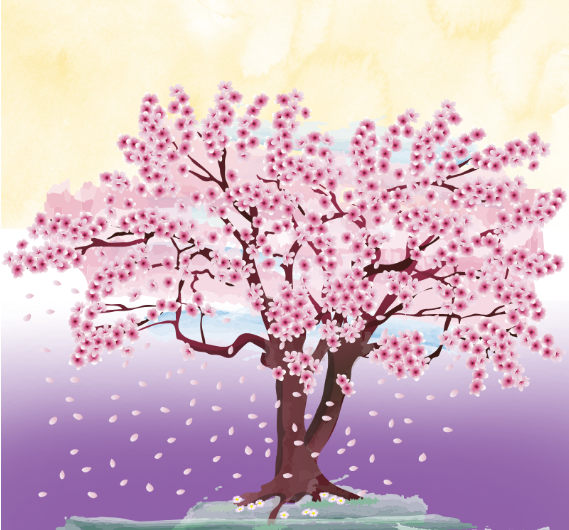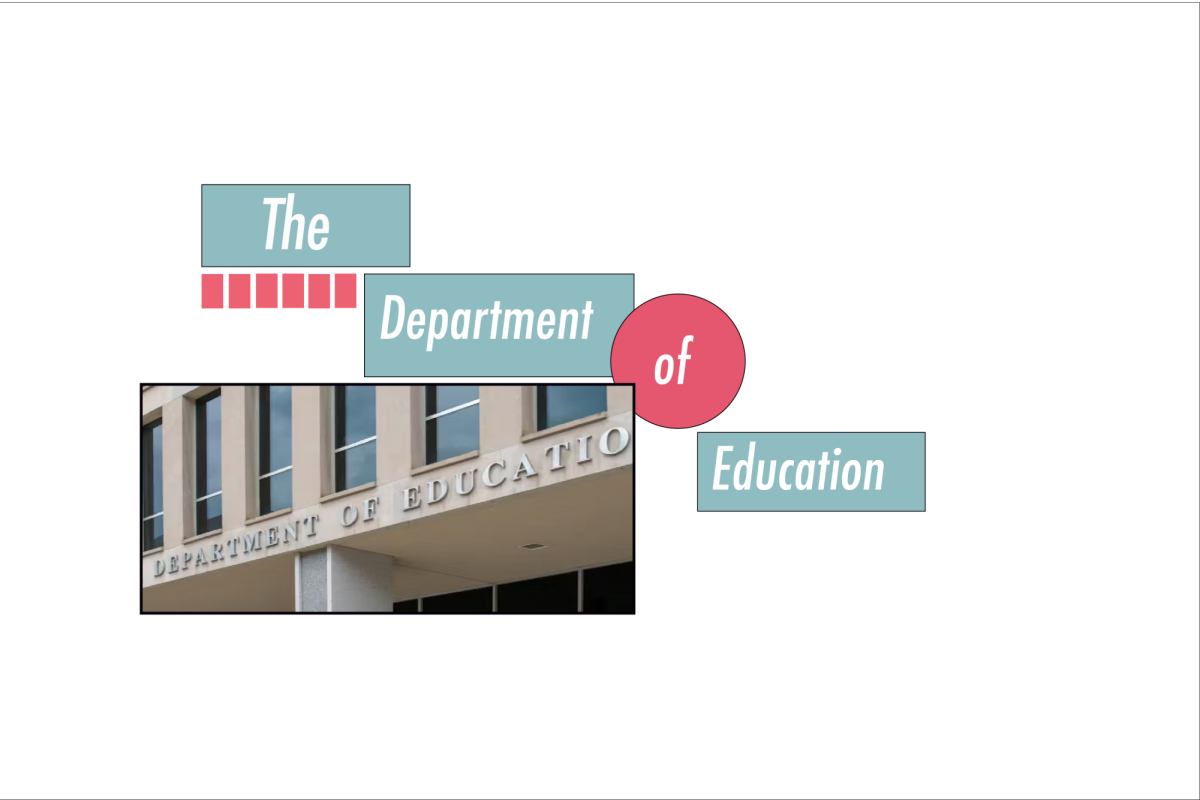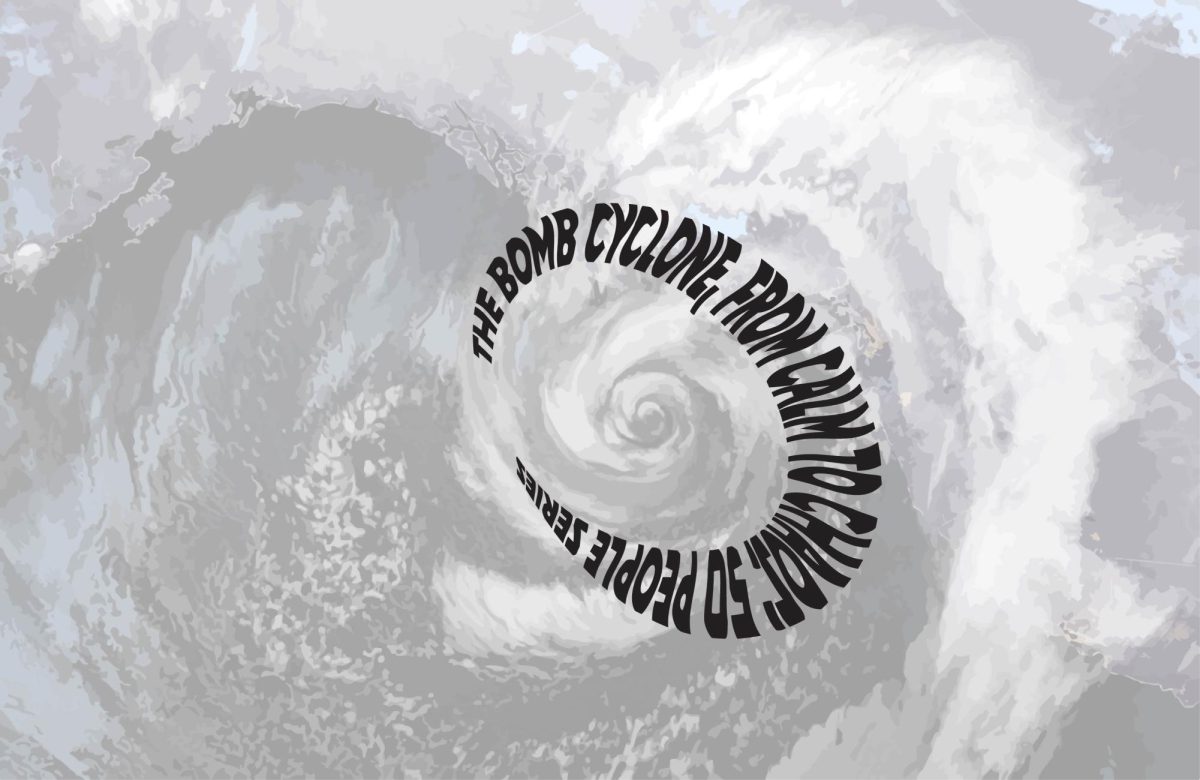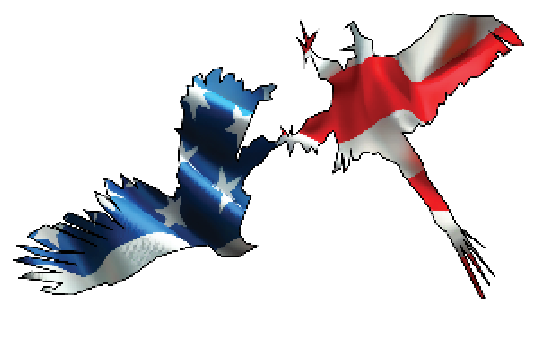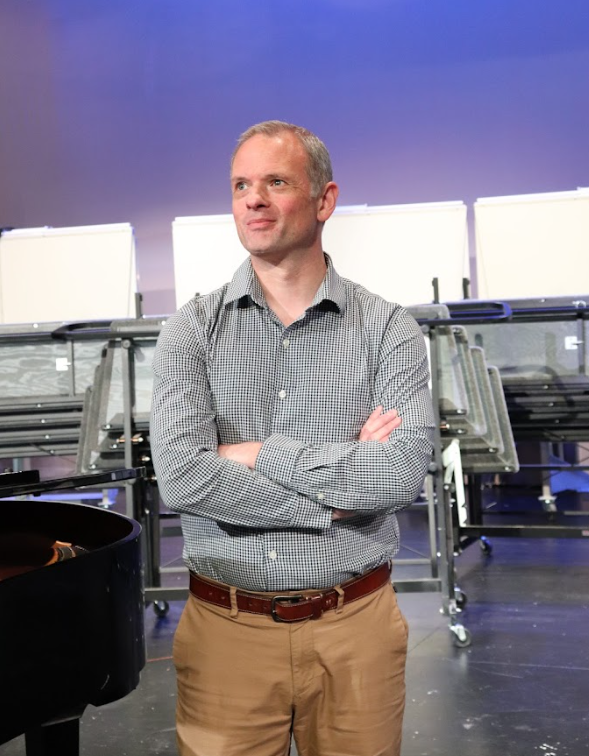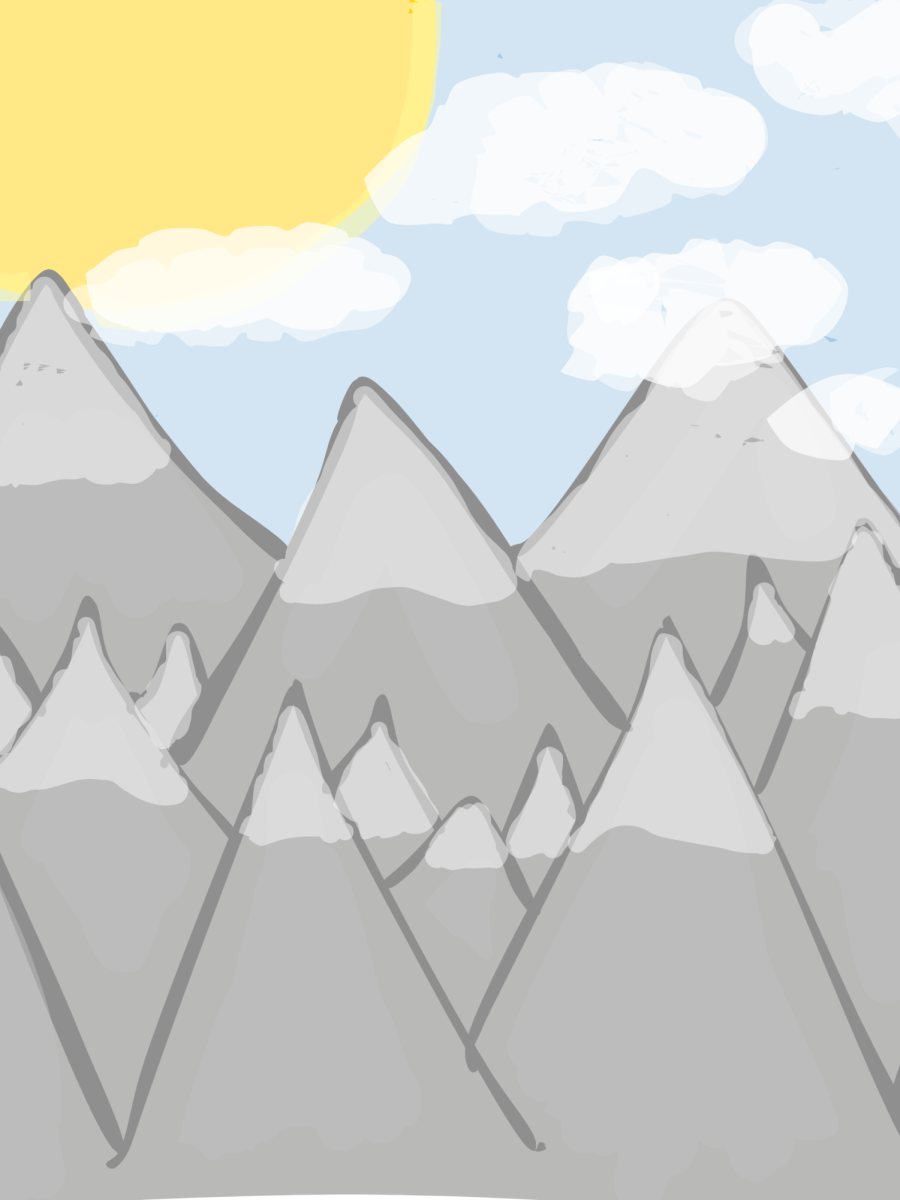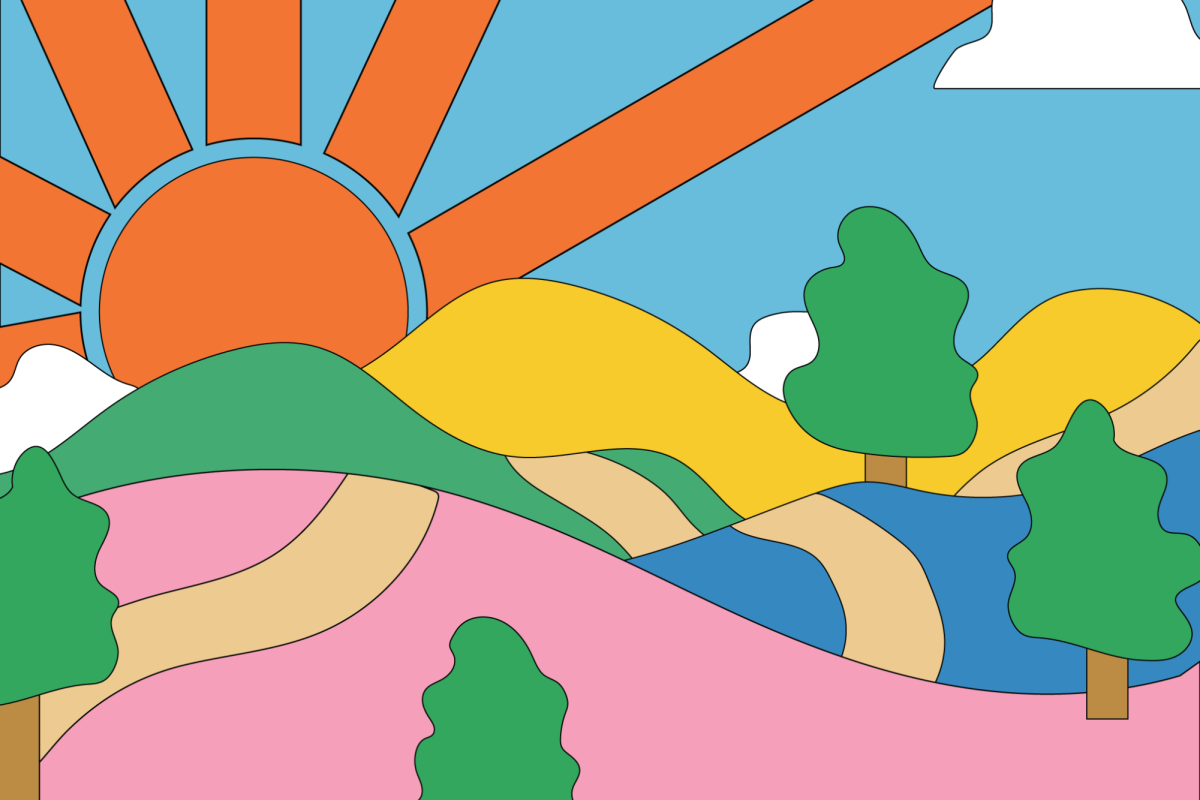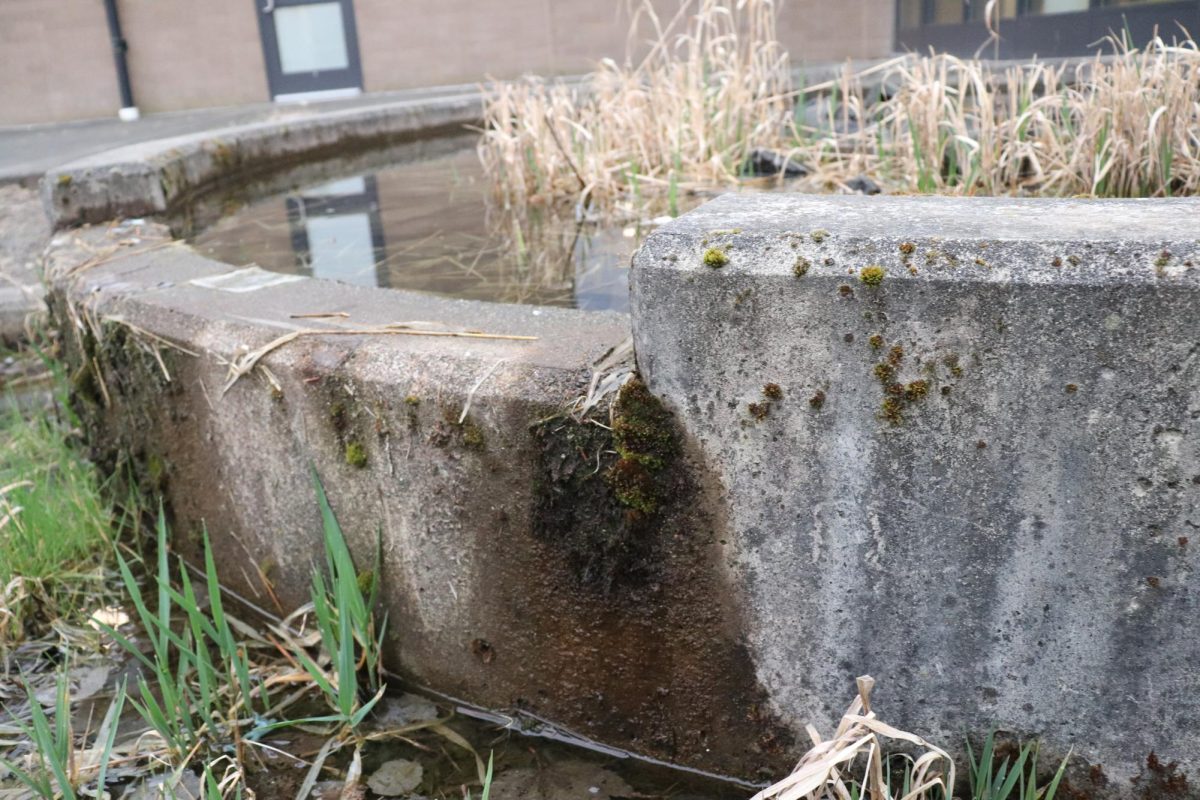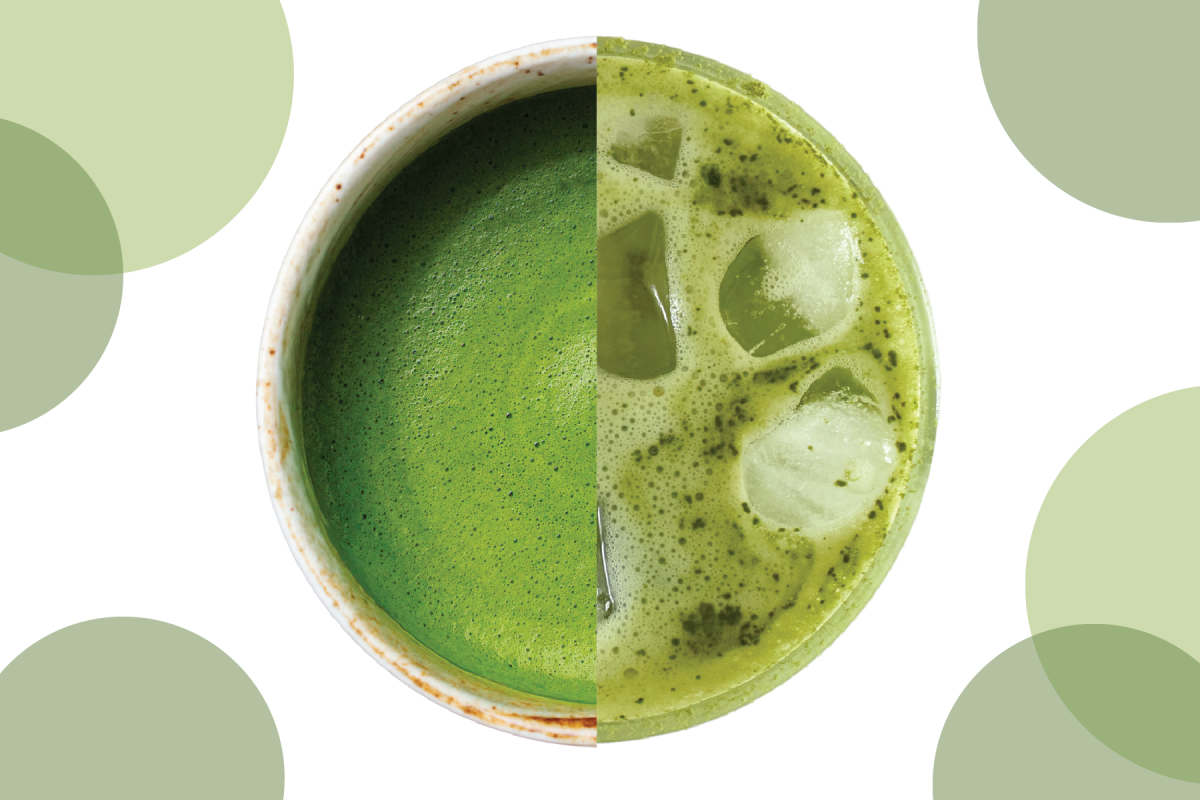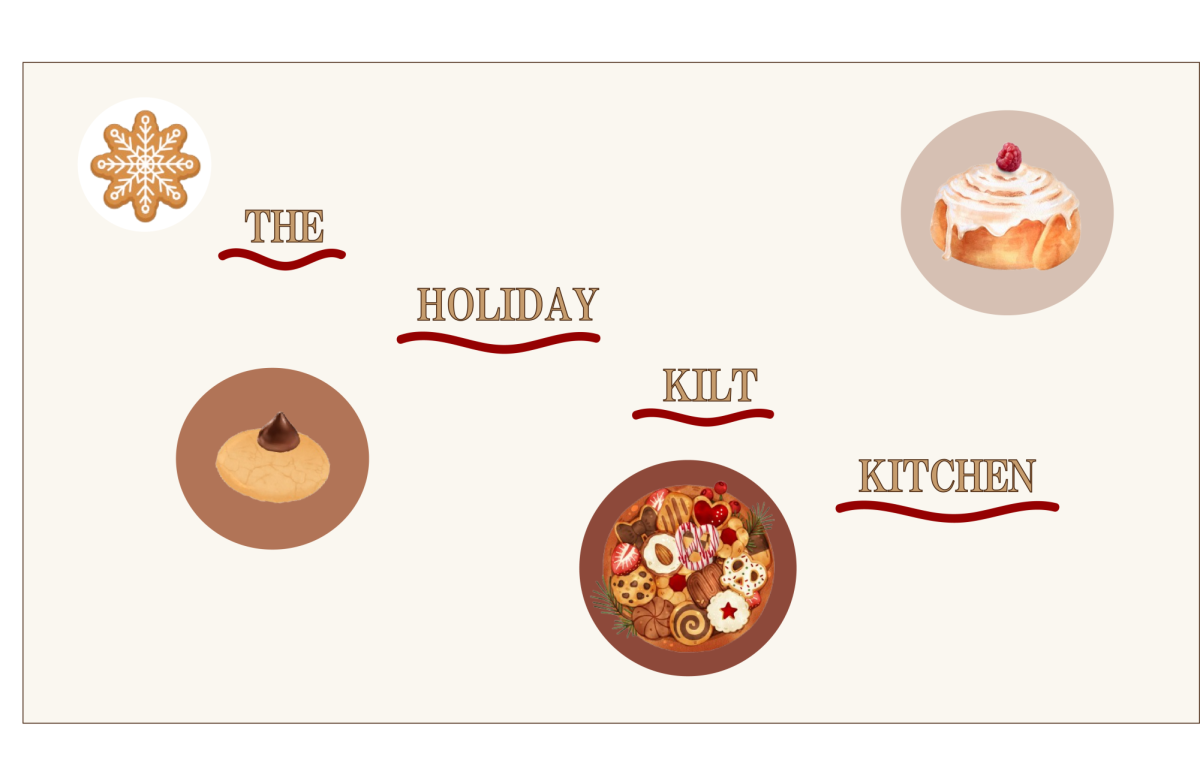Some may think moss is the pesky plant on roofs and all over yards. However, moss does a lot more than we see, and contributes to lessening the climate issues. Moss is a plant with no roots, at least not the typical roots we think of. Instead, they have something called rhizoids that act as roots to anchor them to the soil. Plants make a giant impact on suppressing the progression of global warming by absorbing carbon dioxide in the air. Plants and trees also transform carbon dioxide into oxygen and sugar (glucose).
We breathe the air ecosystems transform CO2 into, and plants use the glucose for their survival and growth. It’s a mutually beneficial relationship that needs to keep happening to keep Earth safe and out of danger of worsening our current climate issues.
An article from the University of Michigan stated, “Over its lifetime, a tree can absorb more than a ton of carbon from the air and store it in wood and roots.” Moss also helps in the efforts to reduce carbon levels by storing a massive amount of carbon in the soil beneath them. Moss can absorb 20-30 times its weight so it makes sense that they can trap carbon like a boss.
In an article by Green City Solutions, they stated that “Mosses bind CO2 and convert it into oxygen via photosynthesis. A moss mat (60 *80cm) processes one kilogram of CO2 per year.” One kilogram is equal to about 2 pounds, which means that moss can process 2 pounds of carbon a year.
In the Pacific Northwest, you can find moss in just about every forest and even in the concrete pavement. Having so much moss in our area makes for a good storage of CO2 and all the trees don’t hurt either. The moss can trap 6.43 billion metric tons of carbon in the soil. No wonder they call us the evergreen state; it’s not because of the college.
Also, moss contributes to the biodiversity of soil by stabilizing the microclimates and other environments beneath them. Moss is also helpful in keeping ecosystems thriving and growing. Moss is used by bugs and insects as a shelter; trapdoor spiders use the moss to hide where the opening to their home is. When a bug gets close to the trapdoor the spider pops open the trap to snatch up the bug as a source of food. We are very lucky to have so much biodiversity and moss in the Pacific Northwest. With all of this biodiversity, we will be protected for years to come, as long as we help keep it thriving.
Scientists and ecologists should look further into the other small plants that can trap carbon to reduce the effects of global warming. More plants trap carbon other than trees and moss. If we understood all of the earth’s vegetation and how it impacts global warming, we could create a plan to improve the already changing climates and warming environments. If we study different vegetation in and out of the ocean, we could better see how these plants are already helping. So, the next time you see moss in our lush Pacific Northwest, remember it is a good sign, not a bad one.

